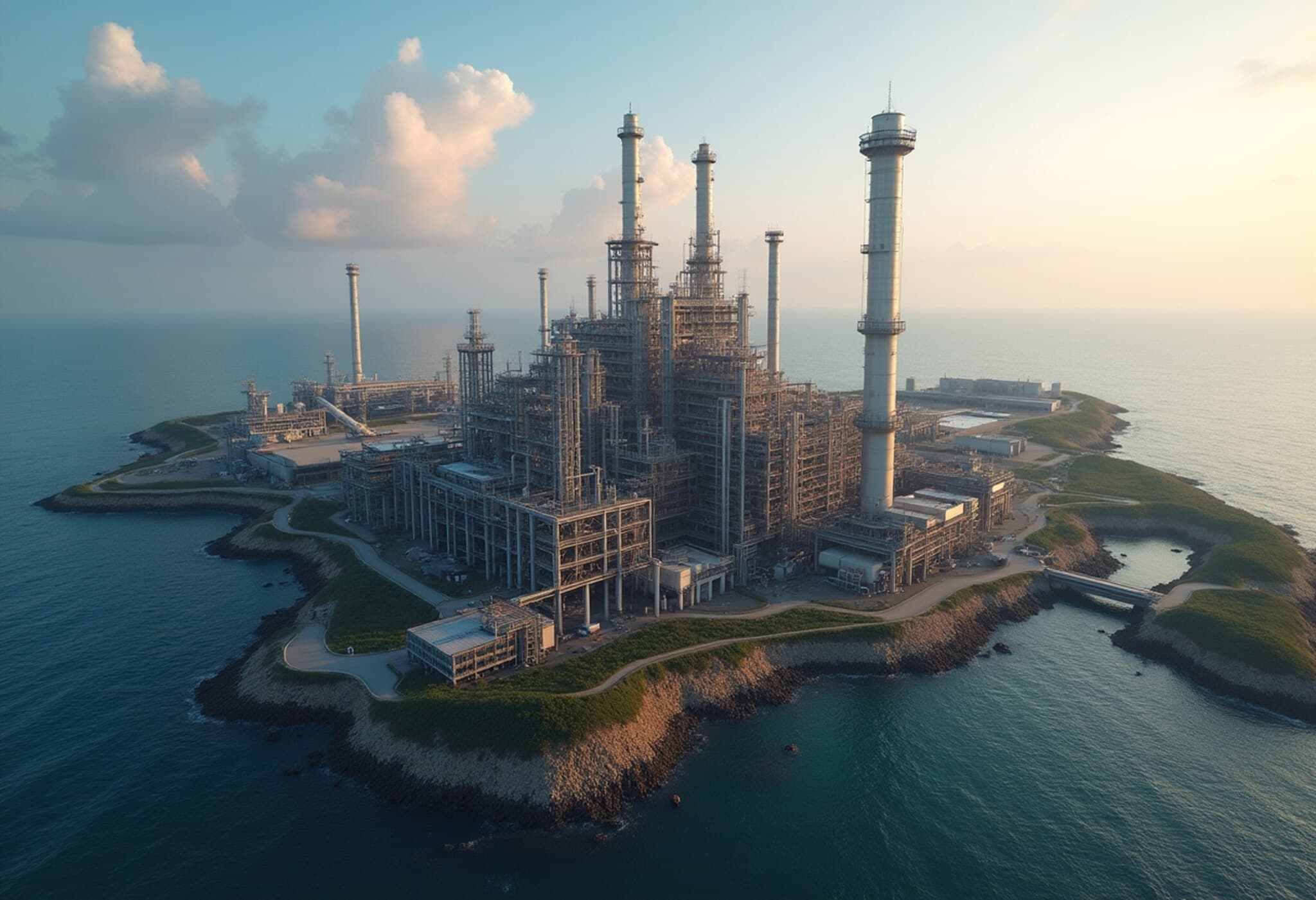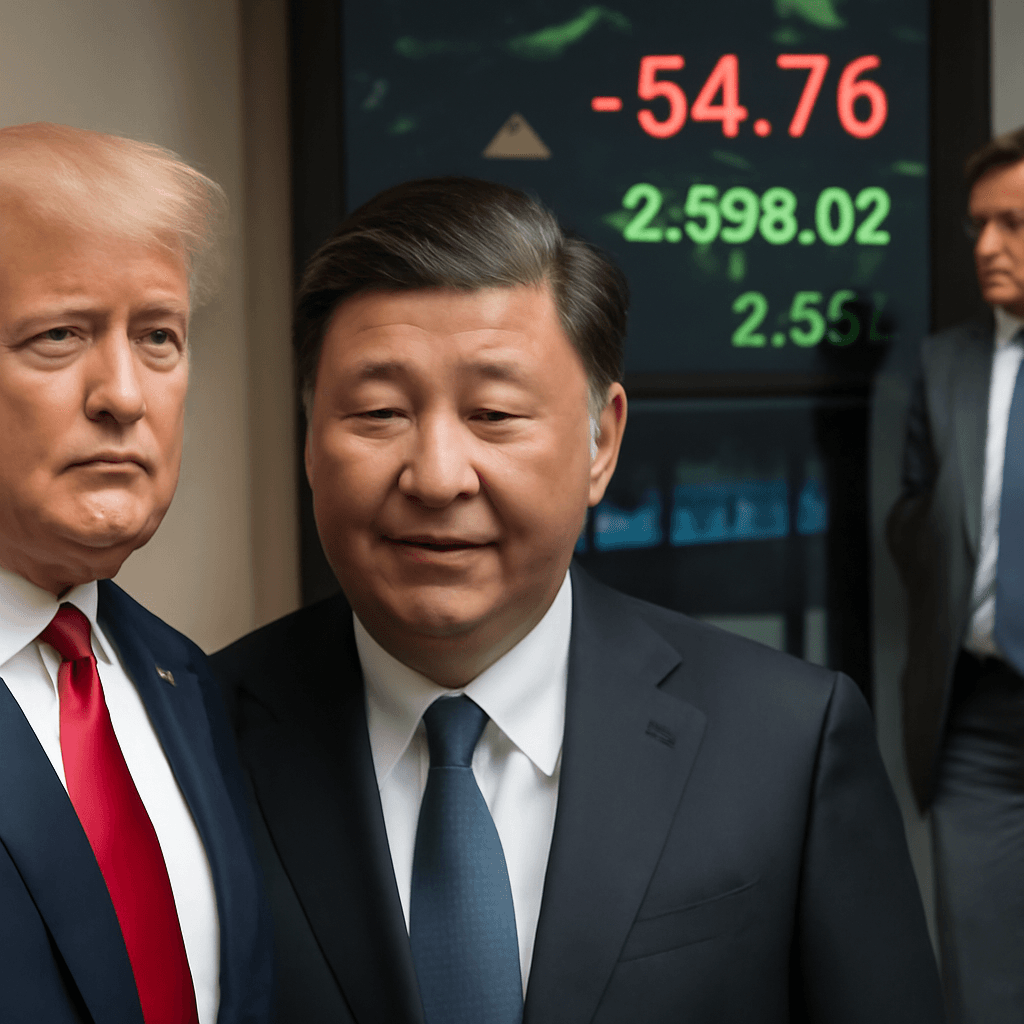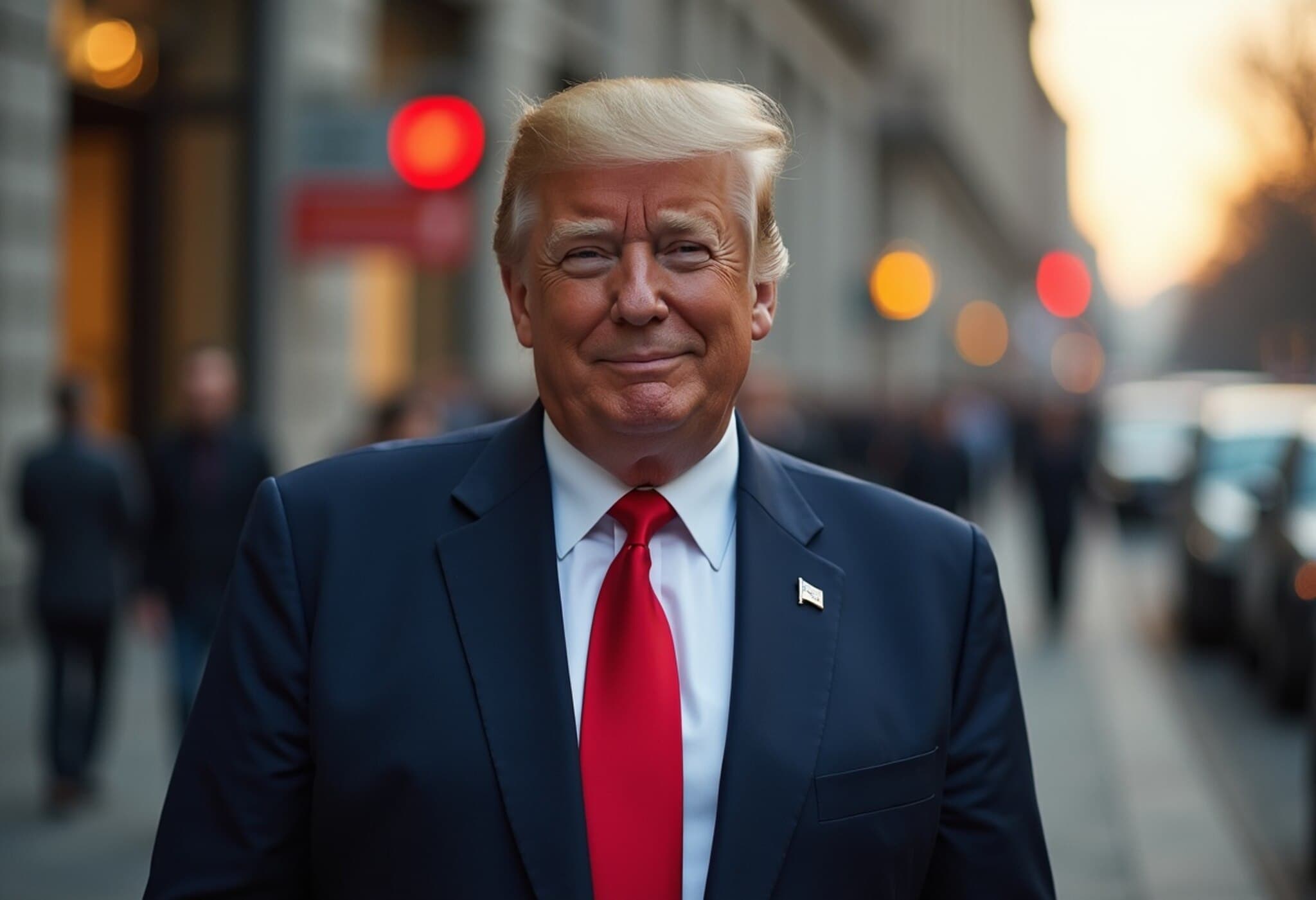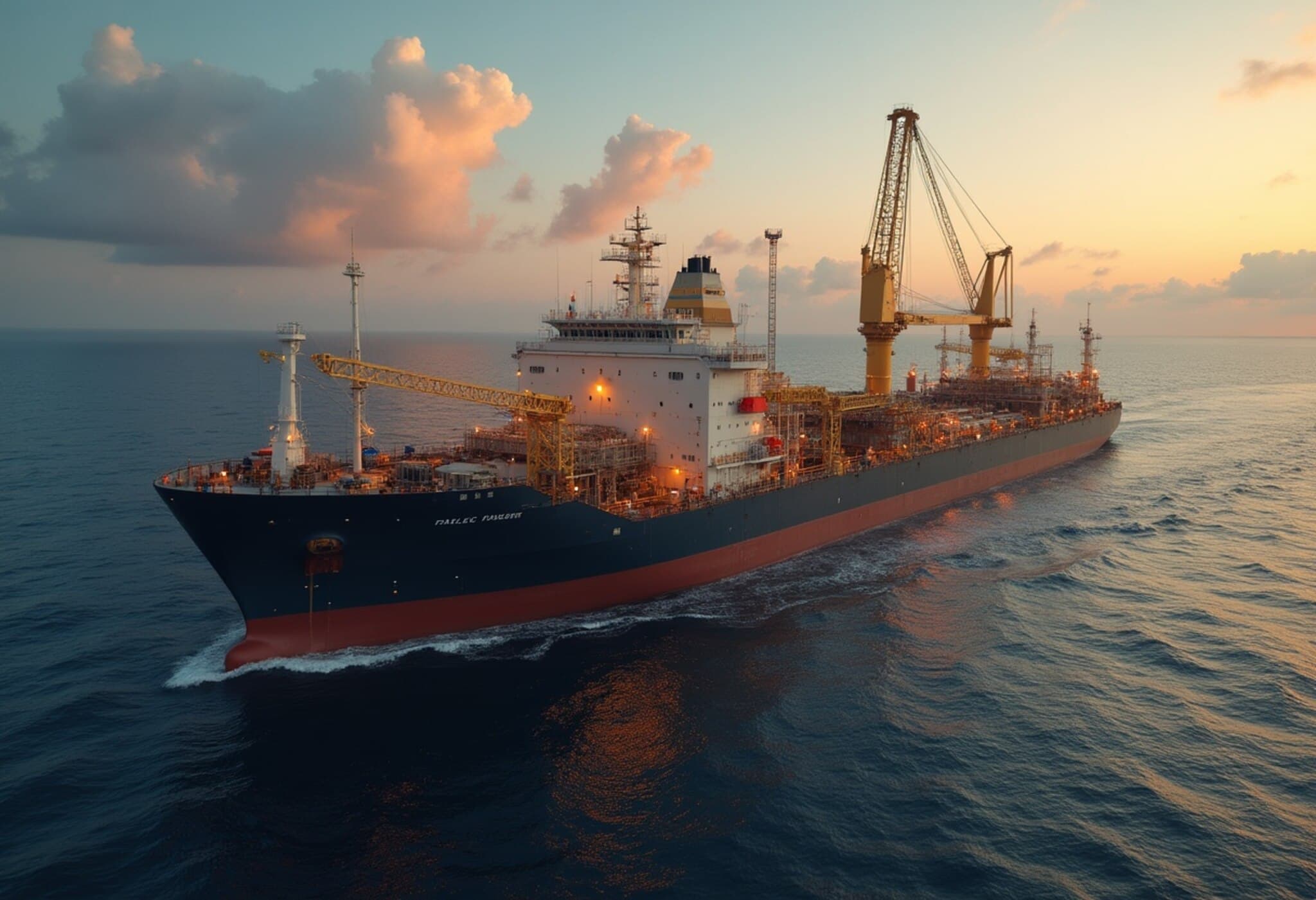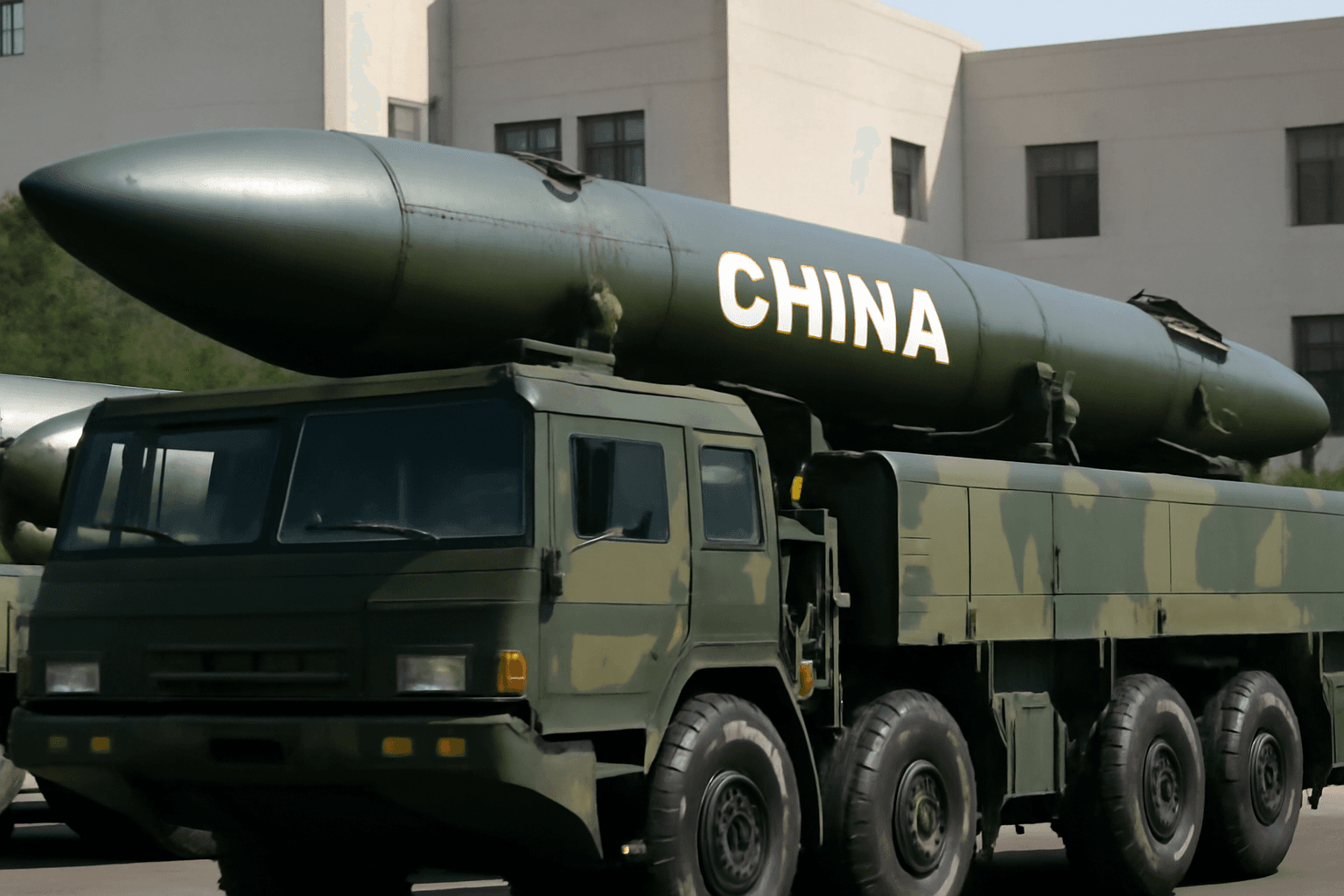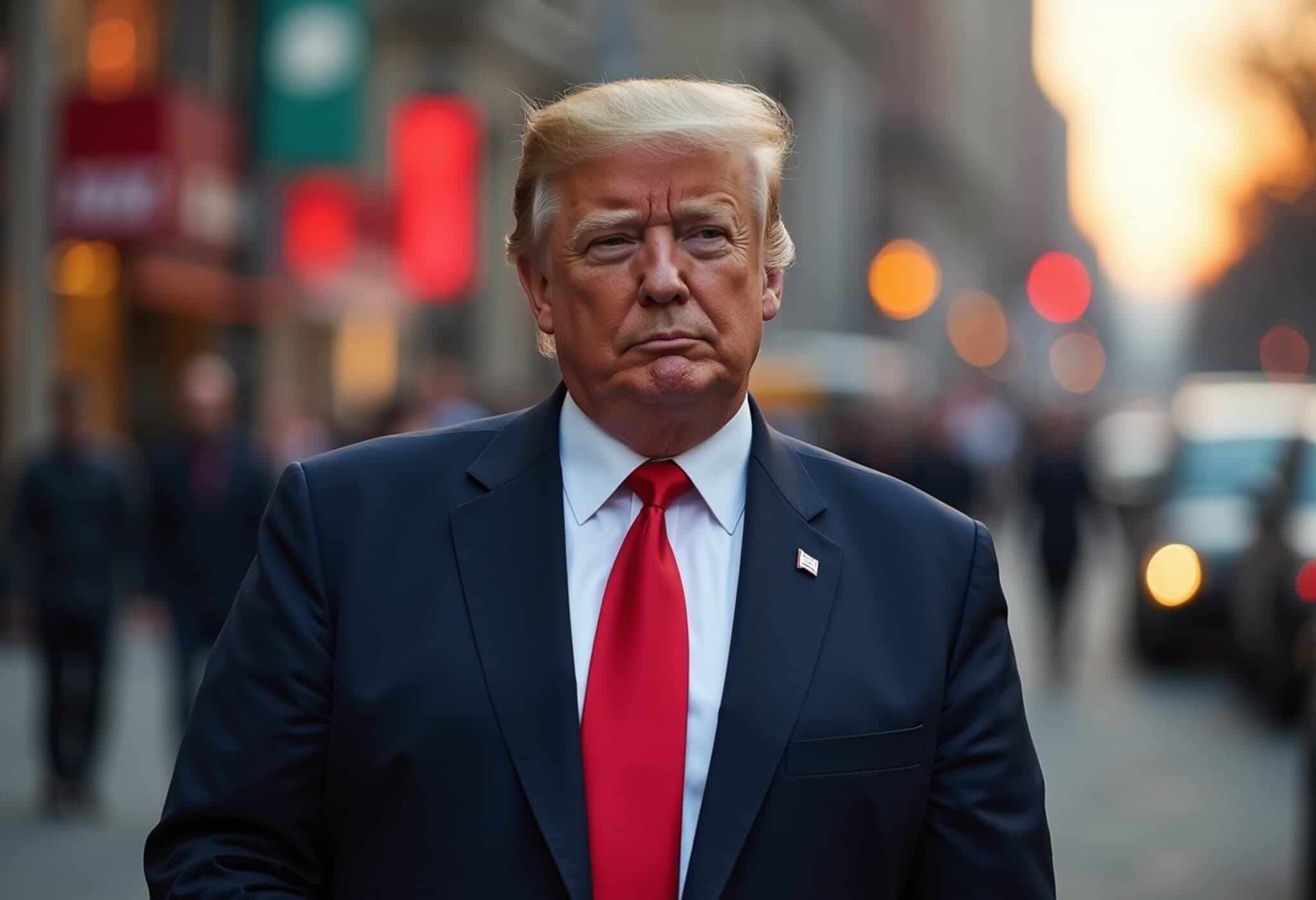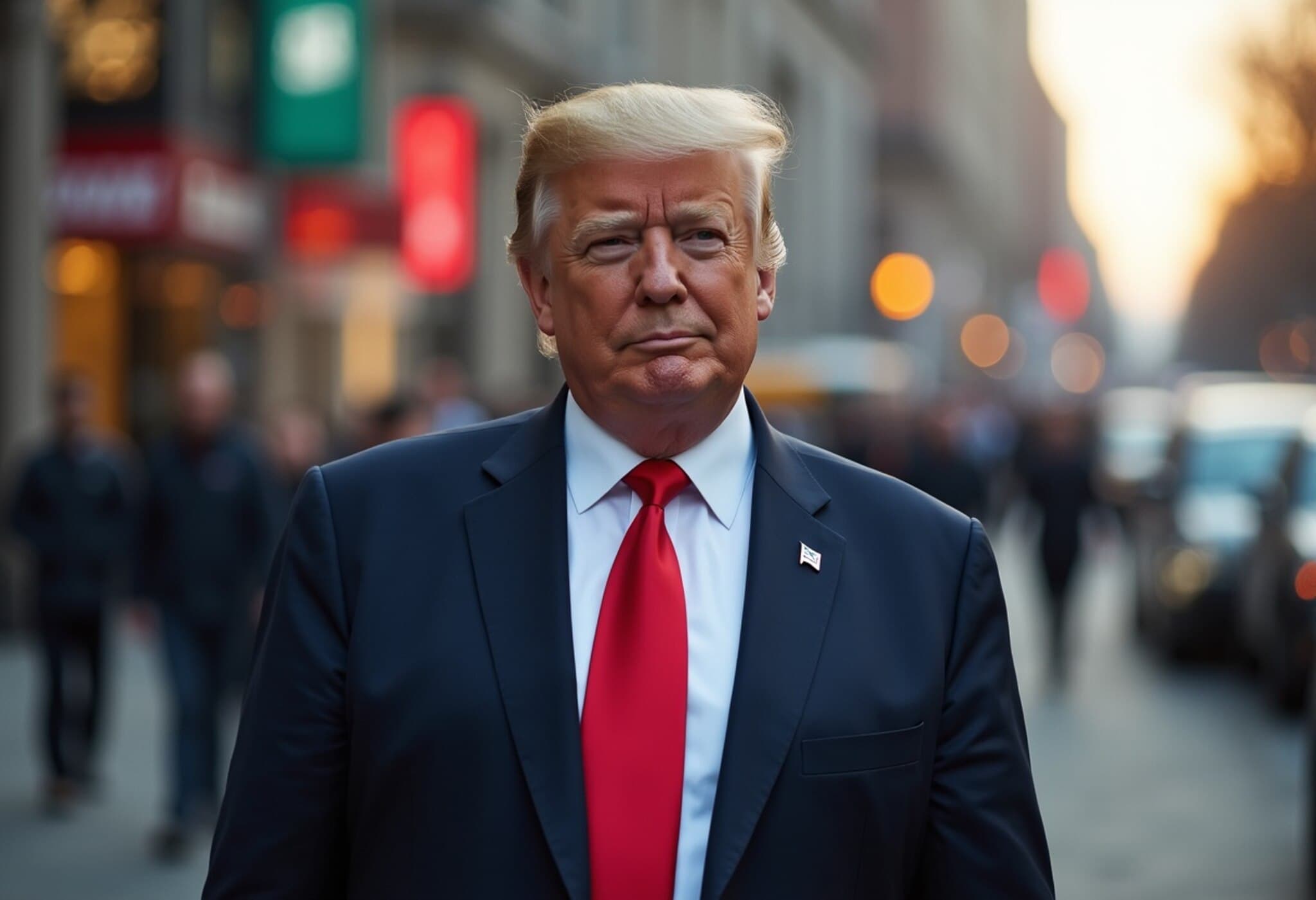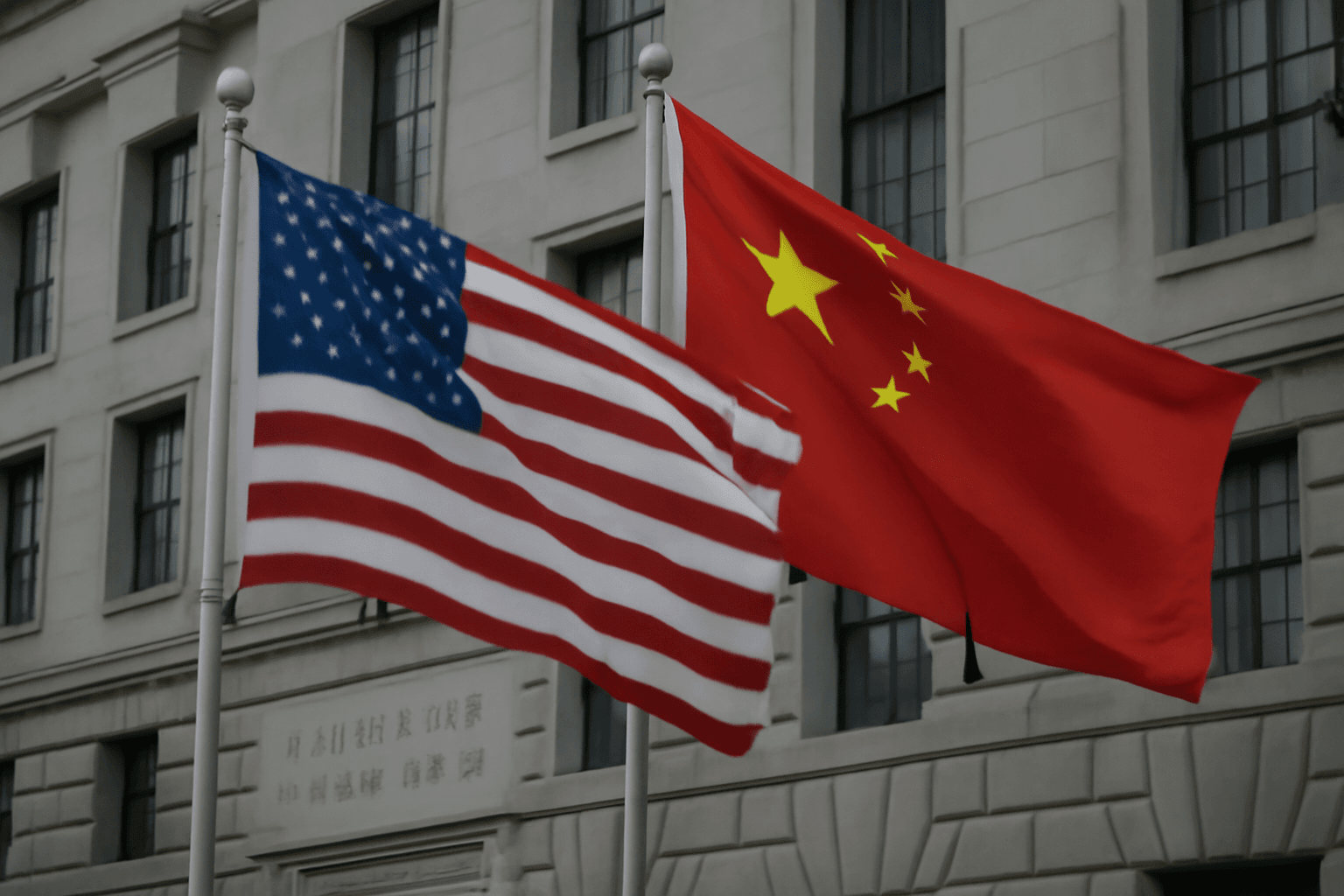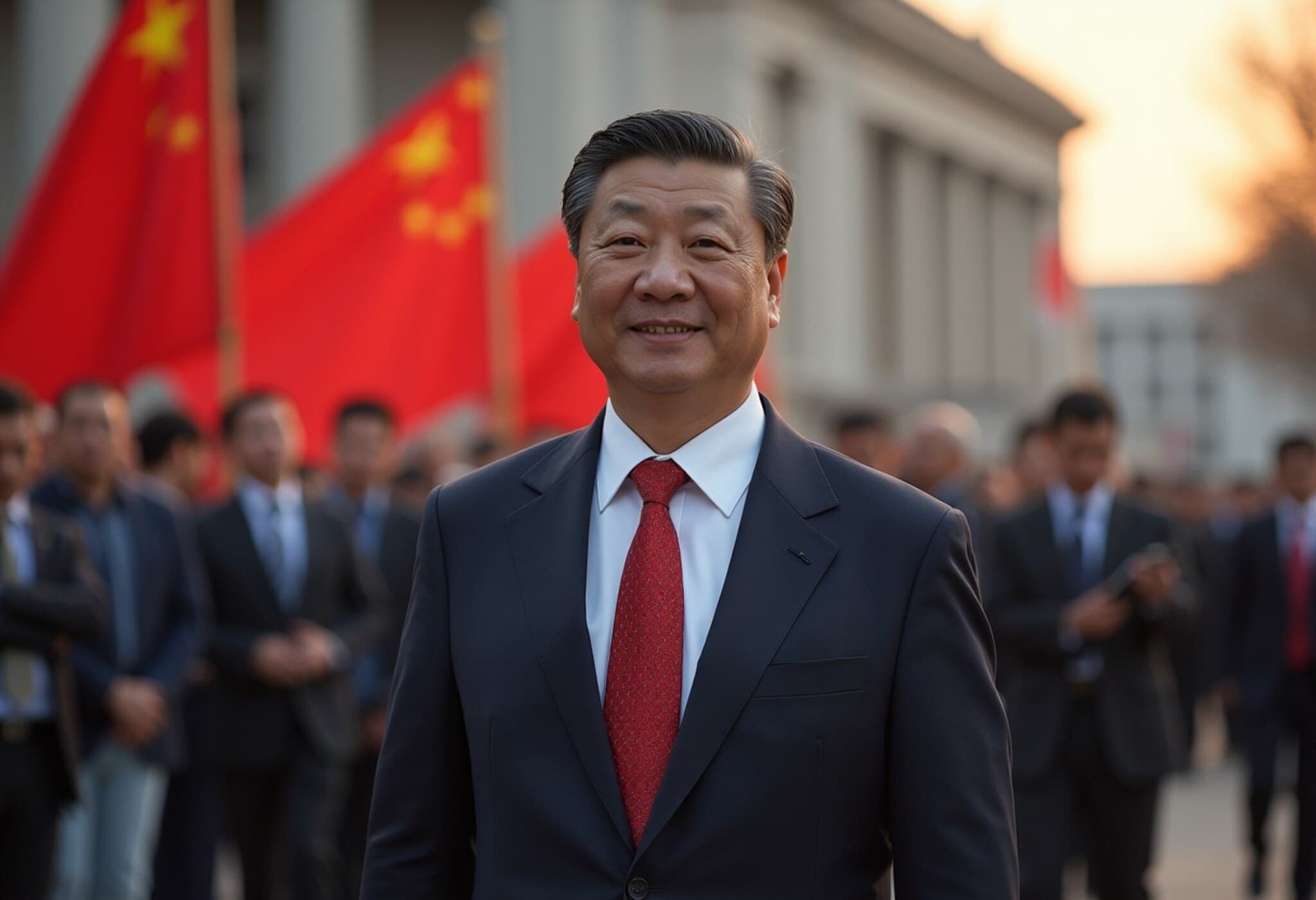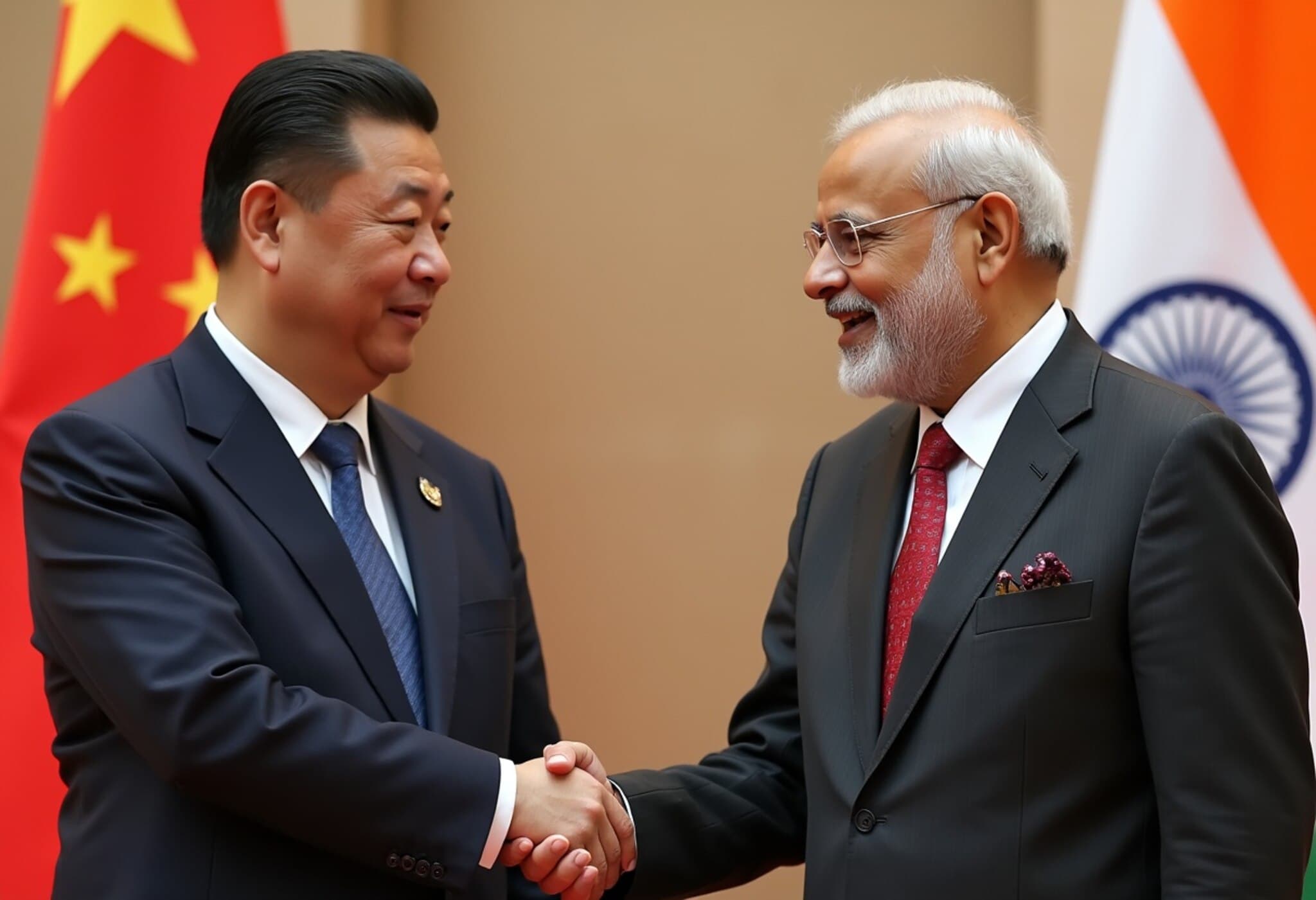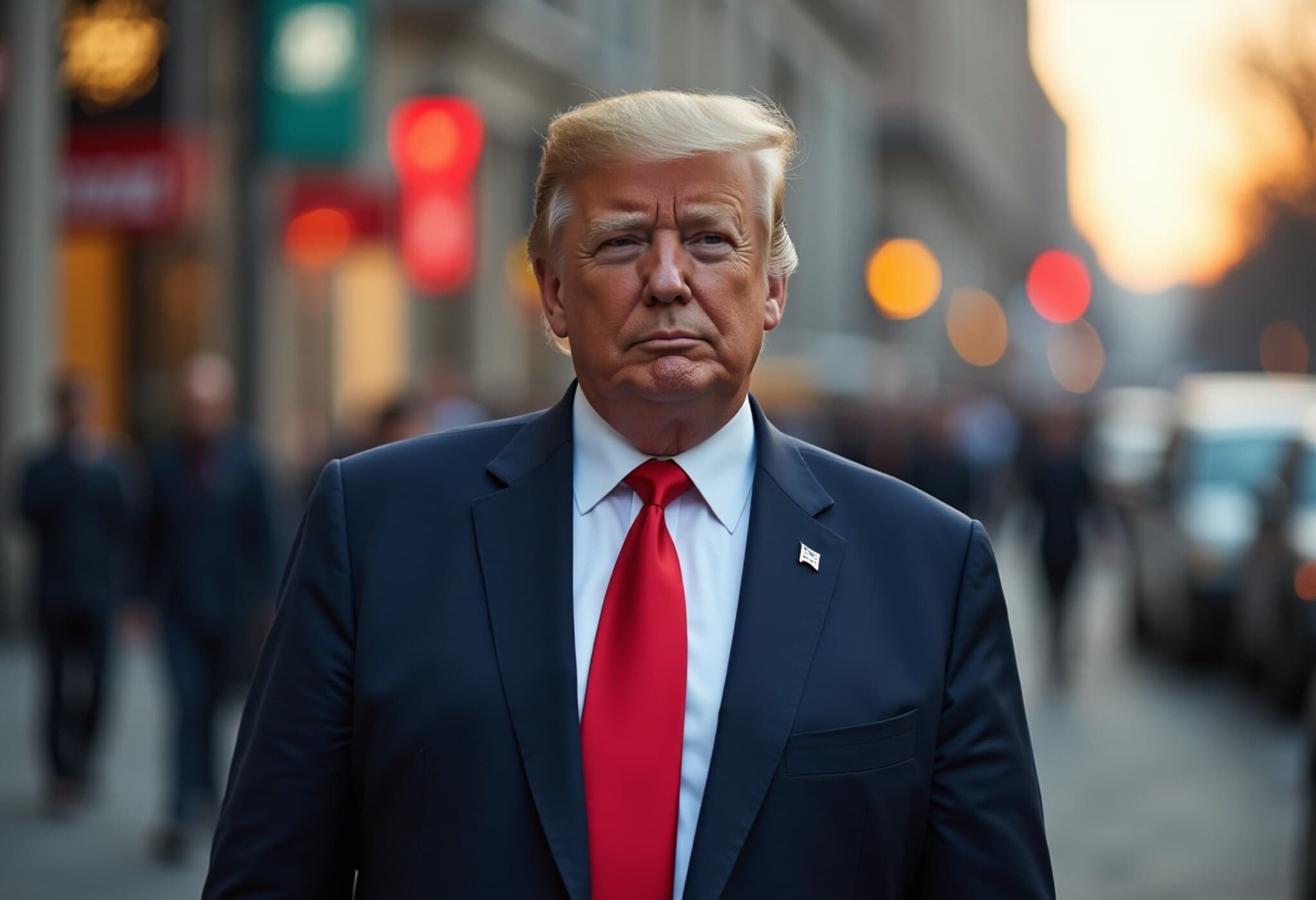China's Continued Russian Oil Purchases Defy Waning Indian Demand
As global energy markets grapple with geopolitical turbulence triggered by Moscow's 2022 invasion of Ukraine, China's appetite for Russian crude oil remains robust, even as India scales back its purchases. Analysts and industry insiders confirm that Chinese refiners have secured around 15 cargoes of Russian Urals crude for delivery in October and November 2025, underscoring a strategic pivot that could reshape regional energy flows.
India Pauses Russian Imports Amid Narrowing Discounts and US Tariffs
Once the dominant buyer of discounted Russian seaborne oil, India’s state-owned refiners recently paused their acquisitions following a tightening of price discounts. The move comes against the backdrop of growing threats from the US government, including by former President Donald Trump, to impose punitive measures on countries engaging with Russian crude. This pause represents a significant shift in India’s energy procurement strategy amid complex international sanctions and tariff considerations.
China’s Growing Role in Russian Oil Trade: What’s Driving the Surge?
Richard Jones, a Singapore-based crude analyst with Energy Aspects, states that by late August 2025, China had already booked shipments totaling approximately 15 Urals crude cargoes, each ranging between 700,000 and 1 million barrels. Xu Muyu, senior analyst with Kpler, echoes these estimates and notes the inclusion of Varandey crude shipments, indicating a diverse intake of Russian blends to satisfy China’s vast refining sector.
China, as the world’s largest energy importer, strategically leverages its geographical proximity to Russia’s Far East port of Kozmino to prioritize ESPO crude, while also integrating Urals shipments that traditionally served Indian markets. According to Kpler’s data, Chinese year-to-date imports of Urals crude hover around 50,000 barrels per day, reflecting a cautious but deliberate expansion.
Economic and Market Implications
- Price Pressure on Middle Eastern Crude: With Russian Urals crude priced $2 to $3 cheaper per barrel, Chinese refiners are deflecting demand away from pricier Middle Eastern grades, notably impacting the Dubai crude benchmark.
- Dubai Market Under Strain: Seasonal demand decline combined with intensified arbitrage competition is adding downward momentum on Dubai crude prices.
- Complexities of Product Compatibility: Notably, Chinese state refiners are not wholly optimized to process Urals crude, meaning they won’t absorb all displaced volumes from Indian refiners.
Geopolitical Risks and Future Dynamics
The specter of US secondary sanctions looms large. While Trump’s recent remarks indicated a temporary reprieve in retaliatory tariffs against countries purchasing Russian oil, he warned such measures could come within weeks if diplomatic efforts over Ukraine falter. This adds a layer of uncertainty to China’s energy calculus, balancing import needs against potential diplomatic fallout.
Energy analyst Richard Jones cautions that the evolving geopolitical landscape necessitates vigilance among Chinese refiners, who must navigate between securing cost-effective crude and avoiding sanctions risks that could destabilize their operations and broader international relations.
Underreported Angles and Emerging Questions
While headline figures highlight cargo volumes and price arbitrage, less attention has been paid to how these shifts may affect the global energy transition. For instance:
- Could sustained Russian oil flows to China slow Beijing’s green energy targets?
- What impact might US pressures on Russian imports have on Sino-American relations beyond energy?
- How will shifts in India’s procurement shape its geopolitical alignment amid US-India partnerships?
These questions underscore the interconnectedness of energy, diplomacy, and climate policy within a fracturing global order.
Editor’s Note
China’s steadfast engagement with Russian oil amidst India’s retreat and looming US sanctions highlights a nuanced chess game in international energy markets. Beyond volumes and discounts, these movements signal deeper strategic calculations that intertwine economic imperatives with geopolitical maneuvering. Observers should watch closely how this dynamic evolves, especially its ripple effects on regional energy security, global oil pricing, and the fragile balance of international sanctions enforcement.



